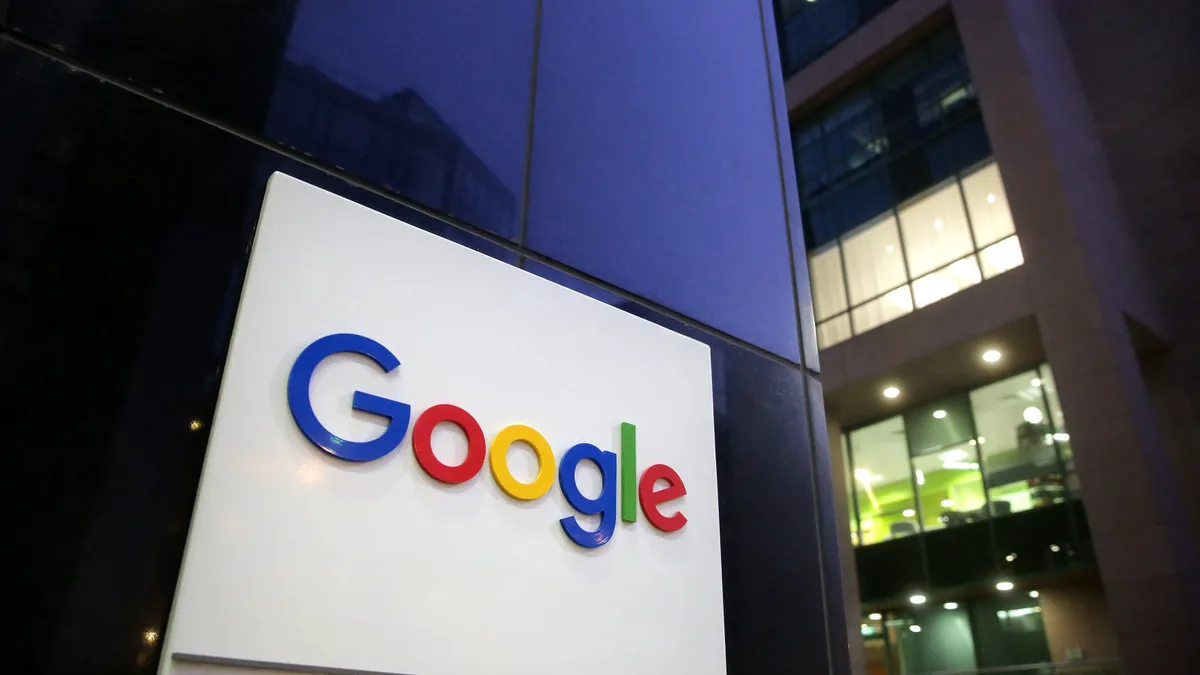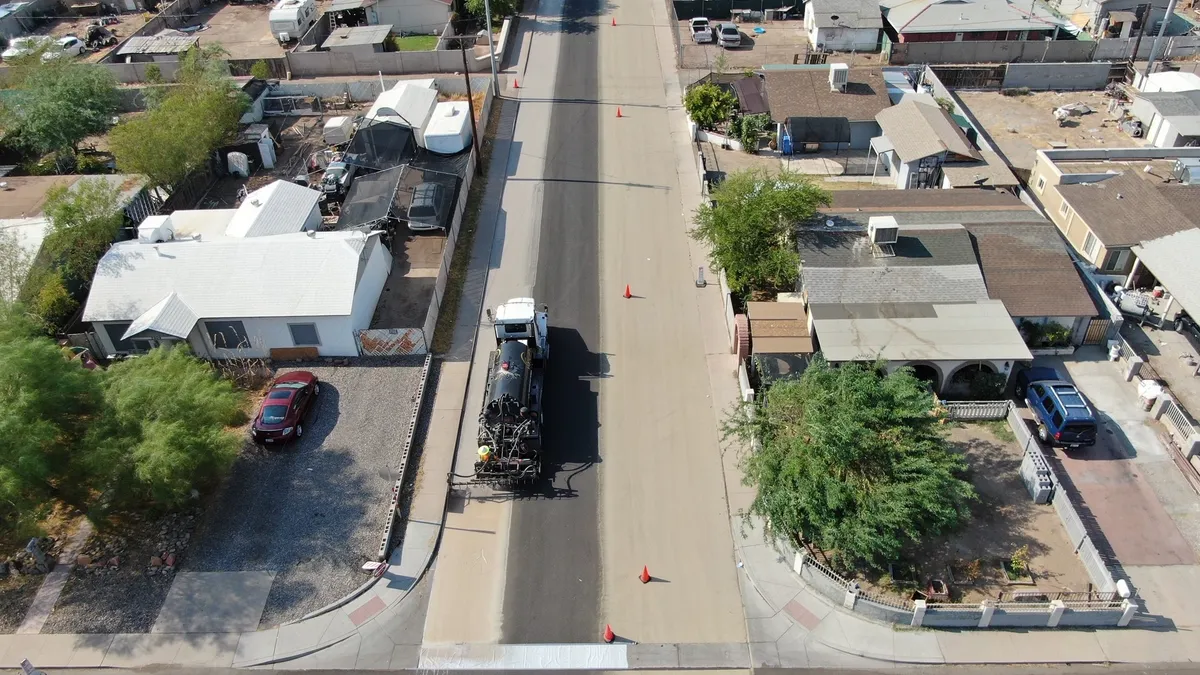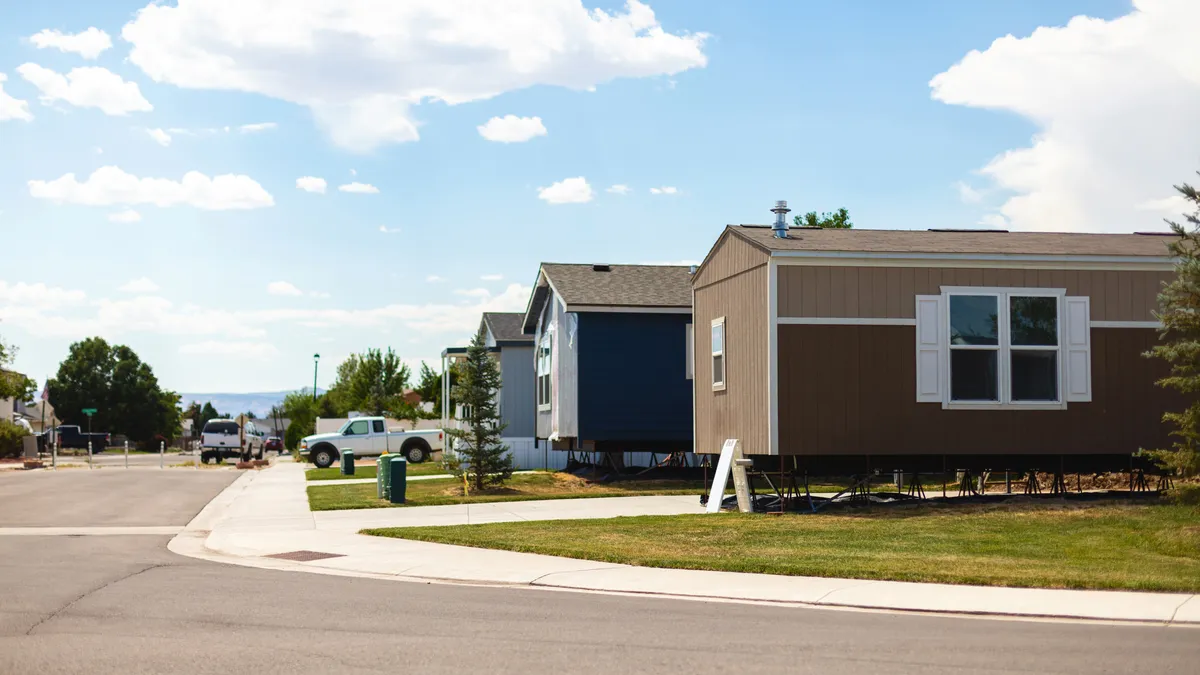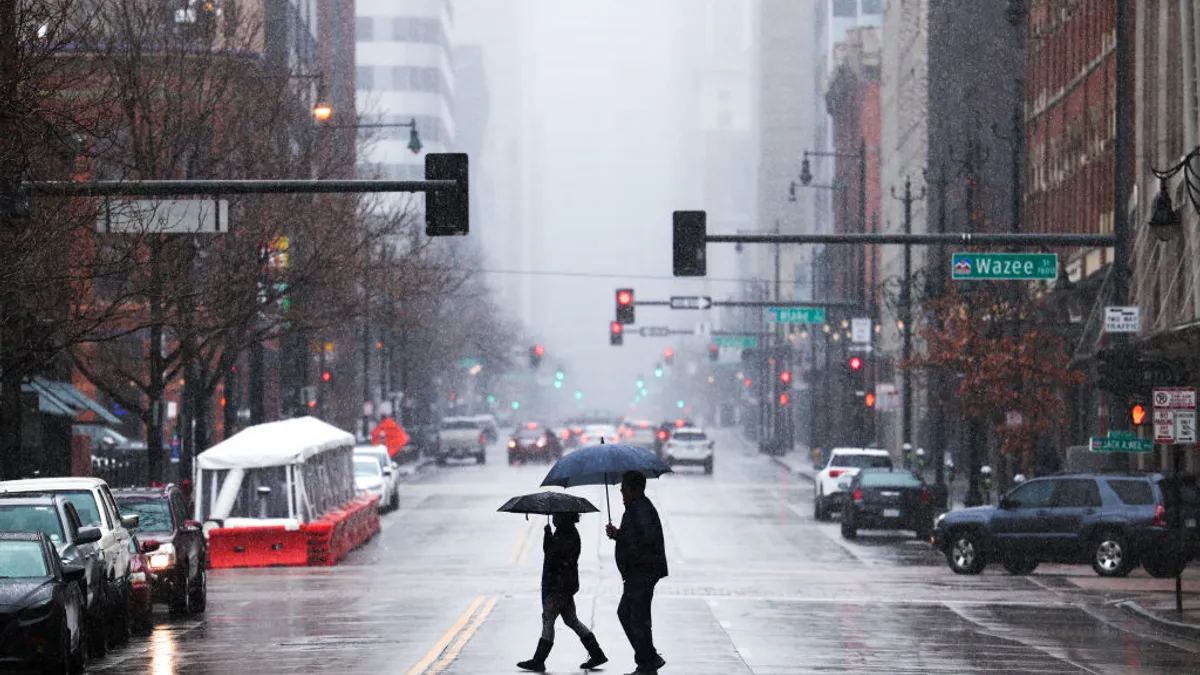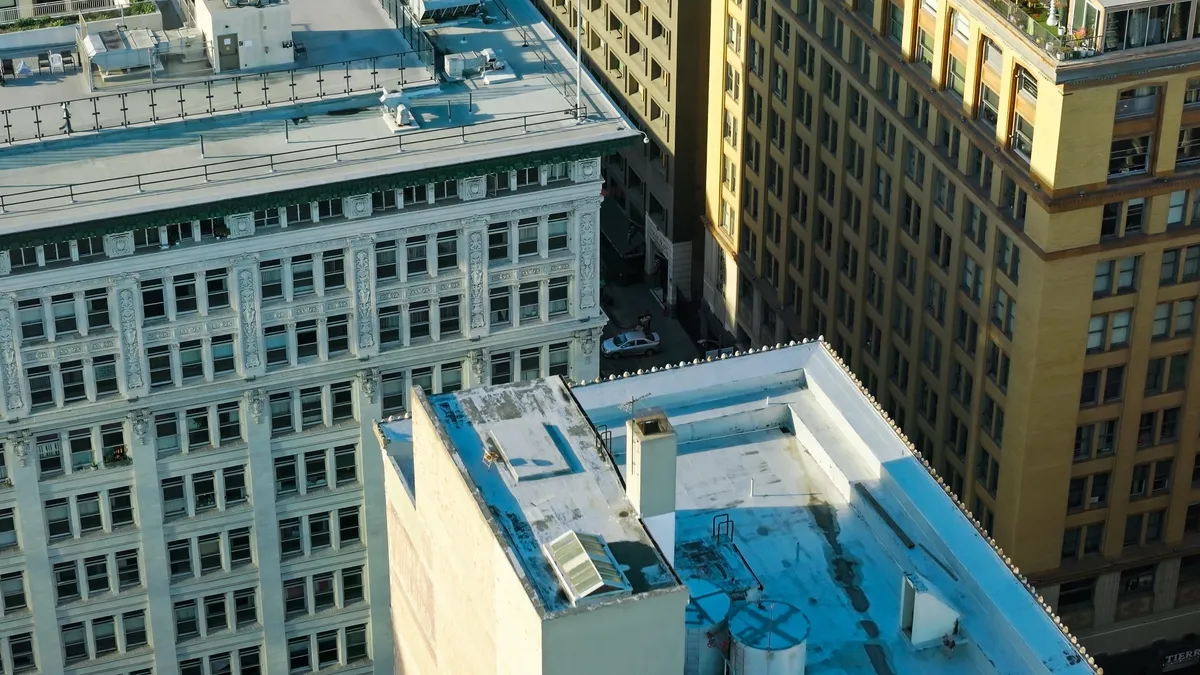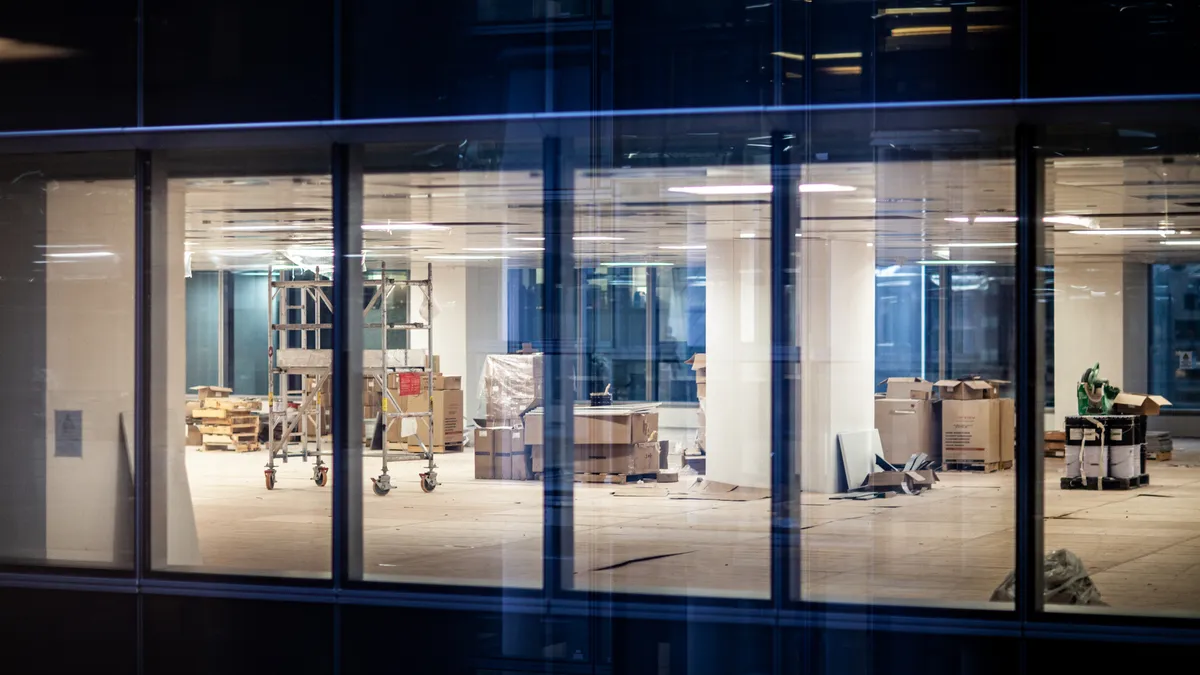The U.S. has had an identifiable manufacturing sector since the mid-19th century. And although the strength of the country's production arm has ebbed and flowed through the years, one of its earliest institutions remains: the company town.
The company town emerged as way to pair production space, such as a factory or a mill, with residences for workers to ensure they were accounted for and always ready, said Marcelo Borges, a history professor at Dickinson College, in Carlisle, PA, and the co-editor of "Company Towns: Labor, Space, and Power Relations Across Time and Continents" (Palgrave Macmillan, 2012).
As manufacturing and industrial enterprises like steel and textile mills grew in these locales, which were often far from city centers due to their need for production space, employees moved closer. Housing, stores, schools and other services came with them. Some company towns, such as Hershey, PA, were designed with workers in mind and provided fairly priced housing and other community benefits like libraries and cultural and social opportunities. Hershey survives to this day, and is now a major tourist attraction and home to all things chocolate. Other towns, like the one railcar maker George Pullman built for his workers in Chicago in the late-19th cenutry, have become a lesson in the risks of such an arrangement.
Even the best factory towns came with conditions, some of which could be exploited to the owners' benefit. Many relied on the use of a scrip system of special currency that could only be used at company-owned stores. What employees used in scrip was typically deducted from their paychecks. Without competition due to the settlements' remote locations, prices for everyday products like food and clothing were often considerably inflated. This resulted in some workers owing money to the company, a debt they could rarely afford to retire.
Today's company towns
Fast forward to the present, wherein large, modern, high-tech employers like Google and Facebook are emerging as contemporary counterparts to the manufacturers that originated the company town concept. Whereas original factory towns aimed to draw and oversee laborers, today's companies are strapped for skilled workers and are using the idea of convenience to attract and retain them.
Finding ways to keep workers happy enough in their jobs so they stick around for more than a few years is a challenge employers face when recruiting members of the millennial generation, in particular, said Chris Mutter, a project manager with Atlanta-based design and planning firm HGOR. "They are off the charts as jumpers," he said, adding that crafting the company town experience to attract this group of workers is not something the average business is in a position to do.
In July, Facebook revealed plans for Willow Campus, an expansion of its Menlo Park, CA, headquarters. The new addition is a mixed-use development that will offer housing, a grocery store, a pharmacy, other retail space, a hotel, a visitor/cultural center and seven parks and plazas that are open to employees and the public.
Google's Charleston East campus planned for Mountain View, CA, will include a 2-acre public plaza, bike and pedestrian paths, retail and other amenities to appeal to locals as well as to Google employees. This week, the Mountain View City Council approved a plan to build nearly 10,000 new homes in the development, which will be anchored by Charleston East.
Verizon is also getting in on the action with a new, $1 billion mixed-use development across the street from its Irving, TX, offices. The 2 million-square-foot project will feature retail, apartments, hotel space, a Dallas Area Rapid Transit station and a 750,000-square-foot office building.
"When [amenities] are positioned strategically, everything can work well on paper, but [companies] can still struggle to make all the dots connect."

Jon Weems
Property manager, Transwestern
Due to the resources required to pull off these types of campuses, smaller companies that want to create a similar community experience often look to amenities and benefits that can be realized within their current footprint. Those include alternative work structures like flex time, allowing employees to bring pets to work, and even stocking the office fridge with complementary food and beverages.
Companies with the resources to create a live-work-play environment need to be careful that the community feel is not forced upon its members, said Jon Weems, property manager at Transwestern.
The housing, retail and other features of the original company towns were designed to meet the needs of employees who lacked other options, he said. Those needs are considerably fewer now, and as a result some companies have struggled to fill worker housing and related developments. After all, they can't guarantee new residents will show up simply because they built a space.
"When [amenities] are positioned strategically, everything can work well on paper, but [companies] can still struggle to make all the dots connect," Weems said. Perhaps workers think rents in the company-built apartment complexes are too high, or maybe the healthcare center located in walking distance to the company development will end up being dropped from its insurance plan. "What we've found is that [even the most detailed plan] doesn't always come to fruition," he said.
A new kind of target
The ability to implement a company-town approach today is limited to the biggest organizations. Yet there are more developers than there are companies in the position of parlaying multi-tenant office complexes into a "metroburb," or a modern-day worker hub, in search of employees, said Christian Giordano, president of New York City–based architecture firm Mancini Duffy.
"You've seen explosions in cities, but studies we've done [show] that millennials are moving out of cities and into the suburbs," Giordano said. Yet even as millennials exit cities, they continue to want the convenience of living in them. "They don't want to commute and spend 45 minutes on a train or bus. They want a suburban experience in a mini-urban environment."
That doesn't mean millennials will settle for a job with any company that has the resources to spearhead the development of a metroburb.
"[Millennials] want a suburban experience in a mini-urban environment."

Christian Giordano
President, Mancini Duffy
Many millennials seek out the "coolest company," which often translates to those involved in the technology industry, he said. That could yield a wave of suburban tech hubs. The former Bell Labs in Holmdel, NJ, is now Bell Works, a live-work-play center with a strong showing of technology employers as one of its big draws. The same thing is happening in cities like San Antonio, TX, which is attempting to draw tech entrepreneurs from nearby Austin, TX, as well as in the suburbs of Salt Lake City, where tech companies like Adobe and eBay, along with a contingent of venture capitalists, have taken up residence.
Retailers and other support businesses within metroburbs often struggle to pay the bills with workers in the area as their only customers. As a result, developers are often put in the position of trying to create a destination for the general public with features like luxury retail, fine dining, events and other attractions.
In the end, it's not the amenities or the community feel that's likely to keep today's millennial workers around. "They still want the look of the latest and greatest company," Giordano said. "But, ultimately, they want to do their own thing and be their own boss."


